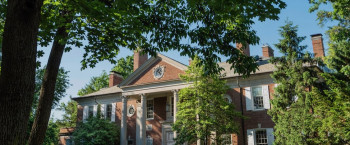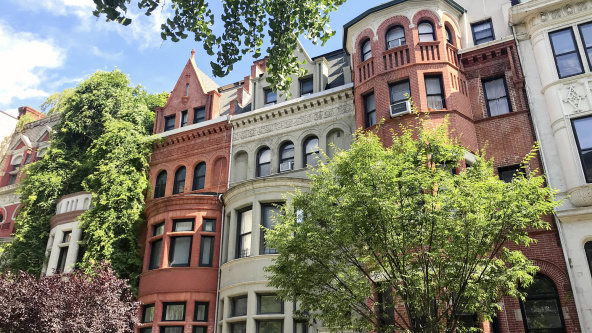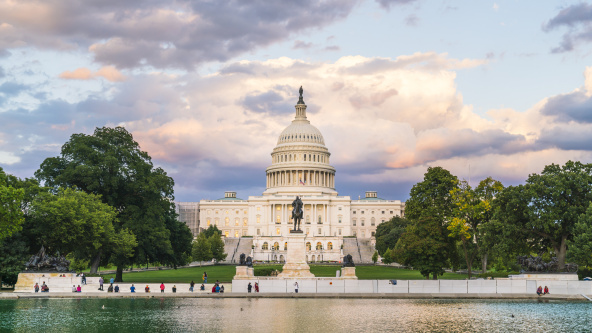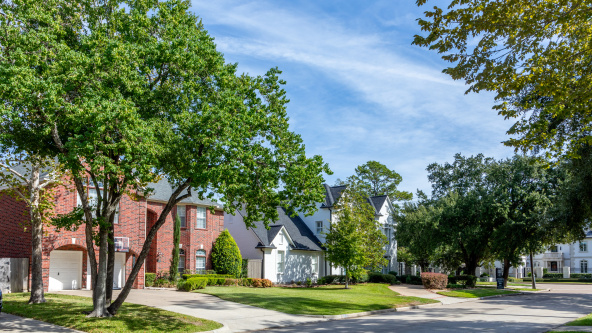Best schools in Washington, DC
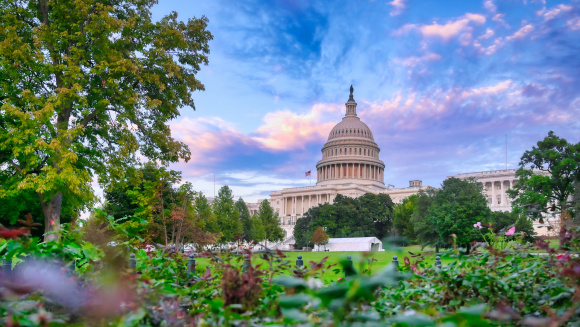
Education in Washington, DC
School years between the UK and the US systems are slightly out of sync. Compulsory schooling in the UK starts when children are 4 (reception) whereas in Washington children usually start school in pre-kindergarten but it is only compulsory from age 5 (kindergarten).
The US Department of Education requires both public and private schools to submit National Assessment of Education Progress testing every four years. This culminates in a high school diploma, awarded at the end of four years of high school (American grade 12 – equivalent of English year 13) if the student has a passing grade point average (those who don’t receive a Certificate of Attendance). As school is only compulsory until 10th grade (equivalent of English year 11), students can leave at age 16, although they tend to be considered ‘dropouts’ as they have no qualifications. Students in private schools almost all graduate with a high school diploma and very occasionally at an earlier stage.
International schools
International schools tend to offer the IB programme to students completing their final two years of high school, which culminates in the IB diploma instead of the high school diploma. IGCSEs are only available at the British School of Washington. This is something to seriously consider if you think you might be moving back 'home' at any time during your child’s secondary school years. A fully French curriculum is possible to find, but hard to come by. By the same token, students applying to British universities from good US high schools will find that UK universities are up to speed on US curricula and exams.
APs, SATs and ACTs
The Advanced Placement (AP) programme is designed to give students a head start on their college-level work. Through AP courses, high school students can explore a full range of college-level subjects. Many high schools will have an AP teacher or coordinator who will guide students on which AP courses can best suit their abilities and current workload.
Not to be confused with the Standard Assessment Tests (SATs) of the British Curriculum, the SAT is an optional part of college entry in the US. The three-hour exam (writing, critical reading and maths) is widely considered a measure of a high school student’s chance of academic success in the first year of college. The majority of colleges are now 'test-optional,' so SATs are no longer a requirement, but many students still take them as a valuable tool to show stand-out performance in standardised tests.
The American College Testing (ACT) assessment is an alternative to the SAT, and both are accepted by most colleges and universities. SATs are offered seven times a year and while students can retake the test as many times as they feel necessary, taking it too many times is not advisable. To find out more, go to www.collegeboard.com.
Choosing a school in Washington, DC
There is a wealth of choice when it comes to schools in Washington DC if you are considering an American curriculum but fewer options for those looking for an international curriculum. Though, don’t be too disheartened, as most children manage the transition back to non-American schools elsewhere in the world with little trouble.
Choosing a school can seem daunting, especially when those options are for an unfamiliar curriculum, but as with anywhere, you’ll quickly get the feel of whether one or more schools are the right fit for your family.
Good pointers to think about are whether you are looking for coed or single-sex, an international or American curriculum, the size of the school and whether it goes through to grade 12, a school on the block or a school with grounds, and whether sports and arts are a priority.
How are schools in the US different?
In America, uniform is not common at many schools. Touring a school with students in nothing more than pyjamas is very alien to the British! Equally parent involvement in school life is high in American schools. Many schools do small group tours for parents and this can be useful to gauge whether you could fit into the school/parent environment.
Go in with an open mind. Wrestling, for example, may not be a sport offered in many international schools but is a popular choice here. Being a spectator is certainly eye-opening and not very relaxing, but it is great for developing other sports, such as rugby.
And a final note, make sure to clarify your understanding of certain events. American words sometimes differ with ours and their interpretations. For example, in spirit week (where students dress up) pride day is actually wearing your school clothes with pride, not wearing rainbow-coloured clothes.
Special education needs in Washington, DC
As well as SEN provision in schools, there are two popular specialist SEN schools, the Commonwealth Academy and the Kingsbury Center, both of which offer an all-through education from the age of 5.
The Commonwealth Academy (SEN) specialises in pupils with learning differences including ADHD and dyslexia. Focus on technology as well as academic subjects. Very small classes, averaging eight students. Meanwhile, Kingsbury Day School (SEN), which was founded in 1938 and is the oldest school in Washington, was designed to teach pupils with special educational needs and ADHD. Offers classes for students with mild to moderate learning differences.
Pre-schools, kindergarten and nurseries in Washington, DC
Parents often consider local preschools or kindergartens before moving to a private school in grade 3 or 4. This is often due to the high costs of schooling. There is a great deal of choice and again down to personal preference on style of establishment and location to where you live or work.
Some schools start at kindergarten until grade 7 (year 8), but you need to weigh up if you would like to go through the rigorous admission process again for entry elsewhere into grade 9.
